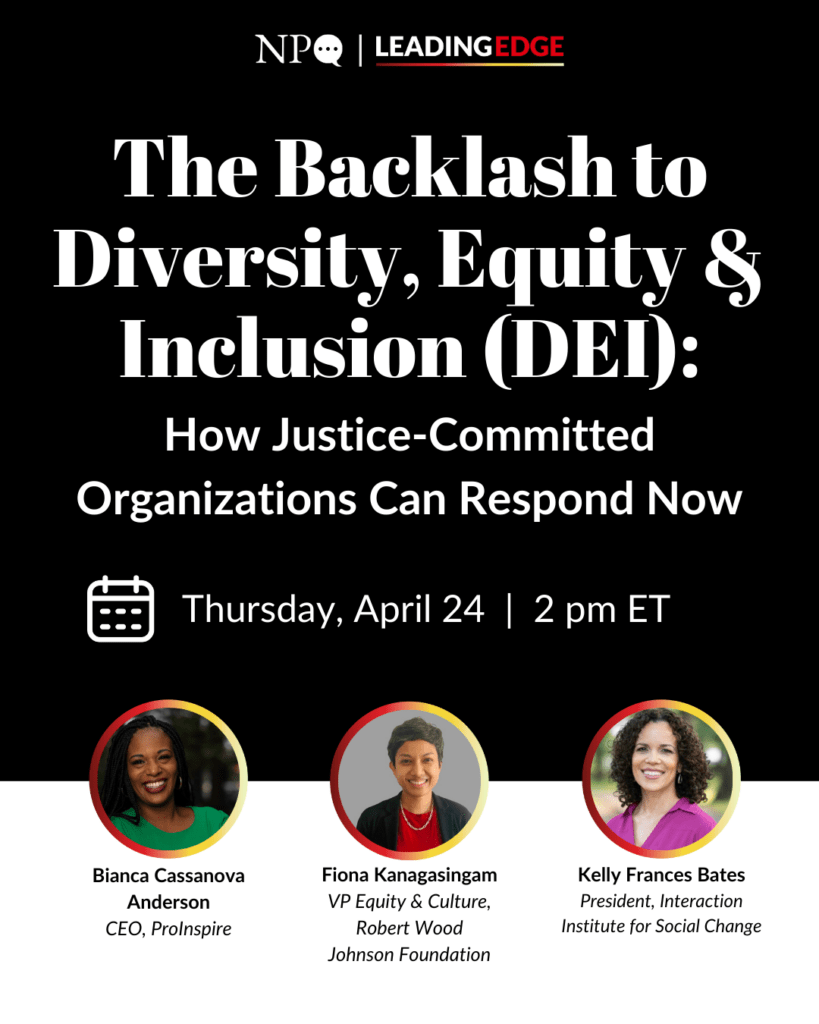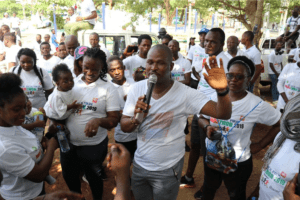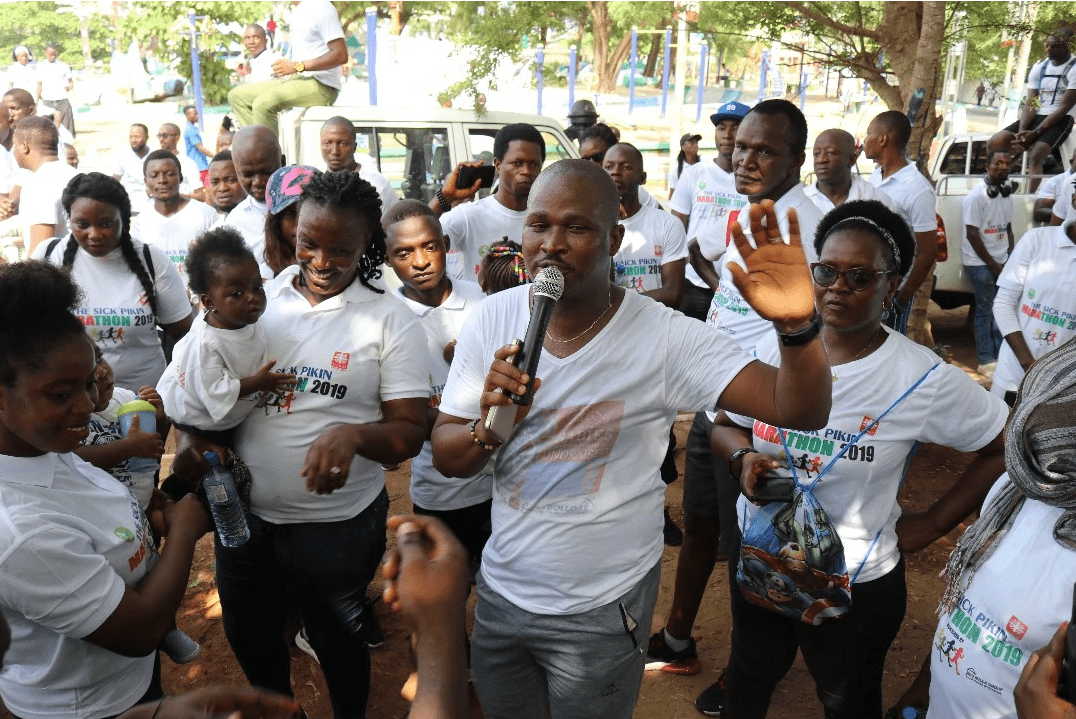Last week I participated on a panel where the Giving USA 2009 numbers were explained by Indiana University’s Patrick Rooney. He did an admirable job of explaining not only the numbers themselves, which showed only a 3.6 percent drop in overall charitable giving, but of also showing Giving USA’s excellent track record in producing giving estimates that are within a few percentage points of being right on the money.
He may have seen this extra step as being necessary because the day before, the Chronicle of Philanthropy ran an article challenging the accuracy of Giving USA’s numbers and, in fact, the numbers just felt wrong to many who had experienced and saw peers experience a much more precipitous drop in philanthropic support.
SUBSCRIBE | Click Here to subscribe to THE NONPROFIT QUARTERLY for just $49 >>
Adding to the sense of other-worldliness, Tom Pollock of the Urban Institute gave a presentation, the gist of which was that, according to their surveys, the rest of the money flowing into the sector did not see much of a decline either.
Alrighty.
$1.6 billion was donated by five major donors, most of it going directly into a few foundations. If you did not count that $1.6 billion, giving overall would have been down another one percent.
The thing is, I don’t think either of these two gentlemen were far off in their assessments, but I also know that practitioners are accurate in their experience. What happened?
We have to look a little more closely at the numbers to understand. First, some of the philanthropic dollars given in 2009 were given into foundations where they are unavailable for immediate distribution. Wendy McGrady, also on the panel representing Giving USA, said that $1.6 billion was donated by five major donors, most of it going directly into a few foundations. If you did not count that $1.6 billion, giving overall would have been down another one percent.
Also, many were surprised to see that corporate giving had gone up. No one much believed that but that number includes in-kind donations in two areas—pharmaceuticals and information technology.
Additionally, philanthropic dollars are hardly equitably distributed across fields or the country. While giving to “public society benefit organizations” (including the United Way and the various commercial gift funds such as Fidelity and Vanguard) was down only 2.6 percent over the past three years, giving to human services was down by 13.5 percent and to both arts and education by 11.9 percent. Focusing just for a moment on the human services field, we also know that many human service organizations were slammed with higher levels of need so that the revenue against need equation was even more radically changed than the revenue decline by itself would suggest.
But philanthropic dollars are not geographically equitable either. There are some areas that have been traditionally underserved by foundation philanthropy and when these were combined with areas in economic distress, it meant a cascade of revenue problems for nonprofits. For instance, some areas of the country whose economies were in decline saw their tax bases eroded. This was combined with a serious loss of corporate giving capacity and double-digit unemployment. This, in turn, caused declines in United Way campaign results, individual giving, and people’s abilities to pay fees out of pocket. The combination of all of the above in some areas of the country has been disastrous.
A cascade of revenue problems for nonprofits.
Sign up for our free newsletters
Subscribe to NPQ's newsletters to have our top stories delivered directly to your inbox.
By signing up, you agree to our privacy policy and terms of use, and to receive messages from NPQ and our partners.
Not discussed much is clients’ inability to pay fees, which has hit some subsectors very hard in some areas of the country. A good example of a subsector that has been hard hit in some geographic areas is child care. Many child care facilities function on a combination of direct pay fees and subsidies. In locations where joblessness was high, enrollment in child care declined and the budgets of those facilities were eviscerated causing many closings. In Georgia alone over the course of 2009, six hundred child care facilities closed.
The reason why this particular story is so disturbing is that childcare is obviously necessary infrastructure for communities if they are to recover.
I think the thing that characterized the past year for me was the way money was distributed in fits and starts. The budget impasse in Philadelphia, which extended over 90 days, actually resulted in a number of closures of child care centers. The money was subsequently freed up but the damage had been done.
Stimulus money flowed into the sector in some volume in waves and in ways that were sometimes a mismatch for the comprehensive work of a community organization. Just looking at Community Health Centers, the money that was distributed came in a few waves and was for a combination of expanded immediate services, and capital improvements including new facilities, development, and electronic records systems. This was an awkward fit in a number of ways.
But now let’s talk about this year and next which promise to be as—or more—difficult for many state budgets.
First, the money for expanded services was not necessarily equal to increased need since the requests were made before it was clear how long the recession would last or how high the numbers of uninsured would soar. Second, just at the moment when need was highest, capital projects needed to be started, requiring community health centers to scramble to lay the right base for their response to health care reform. Third, the money was distributed in odd ways geographically; one wave missed the entire middle of the country while investing heavily in a few states like Massachusetts, arguably one of the better medically served areas in the country. Fourth, in some states the investment of stimulus money resulted in the withdrawal of state money—a kind of shell game that left organizations reeling.
Other head fakes abounded. One youth organization told us that their cornerstone grant in a capital campaign to expand was withdrawn causing other investors to pull back and requiring the organization to informally redraft what had been a very expensive business plan. A senior services organization described being in the middle of building an assisted living center when the real estate market plummeted, exploding their business model. What to do with a half-built facility? These kinds of stories are ironic in the context of the constant patter about needing to promote entrepreneurism in the sector.
Cognitive dissonance can make us angry or guilty or hopeless. In an effort to avoid such a sectoral state of mind, I would like to assure our readers that they are not crazy or incompetent (which I am sure you already know). Long story short, if you feel like 2009 was a very bad year for giving, it was—and not just for you but for hundreds of thousands of your peer nonprofits, some of whom were in absolutely critical support roles in the most financially troubled areas of the country.
But now let’s talk about this year and next which promise to be as—or more—difficult for many state budgets. Things could get very, very bad, for instance, if the extension of increased Medicaid is not passed by the Senate. Many states have already written an expectation of this money into their budgets and its loss would remove another $89 billion from 30 state budgets. In Kentucky this would amount to a $480 million loss. I think we can assume some of those dollars will come out of absolutely critical services to communities provided by nonprofits. It might be worth mentioning in this context that Kentucky is ranked 49 in per capita Foundation giving, thus firmly falling in the realm of the philanthropically underserved.
Finally, while I know that foundations are a small part of the giving pie, most agree that they can be strategically very important. I think that the council of foundations should take a much stronger leadership position in ensuring that areas that are underserved philanthropically get an infusion of money and the attention of this nation’s foundations. Additionally, I agree with Pablo Eisenberg that the payout rate should be increased over the next few years to 6 percent. He estimates that this would add an additional $10 billion to the money available to nonprofits working in one of the most difficult environments we have ever seen.
Read Giving USA and You – Cognitive Dissonance Anyone? Part II. Ruth McCambridge was a panelist at this year’s Giving USA panel discussion at the Hudson Institute. Watch it here.












